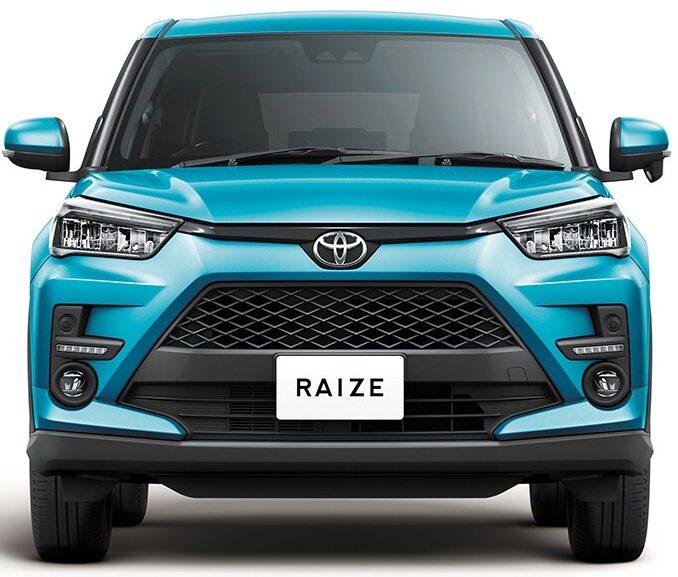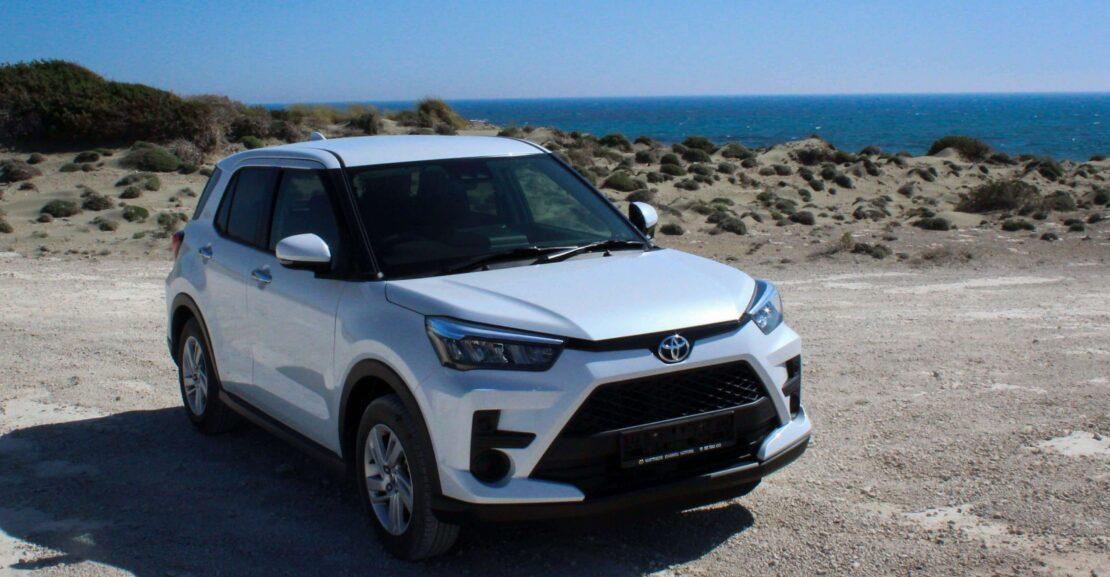
The Raize is the hot new thing from Toyota Motor Philippines. It signifies their entry into a subcompact crossover class that many automakers have been cashing in on for the last few years.
MG has been doing well in this class and price point with the ZS. Geely has the outstanding Coolray too. Suzuki also has the venerable Jimny in the price range (thereabouts). To make the long story short, a lot of automakers have skin in this automotive battle royale. Now the country’s number one automaker is putting everyone on notice. They have entered the arena; the automotive equivalent of Stone Cold entering the ring for Royal Rumble in 2001.
The problem, however, is that I think they could have done significantly better with the Raize had they put more effort into it.
To get it out of the way: I have quite a few criticisms with the Raize. I had spent some time with the red 1.2 G variant, and I didn’t like it. I’ll explain why as I go along, but then Toyota handed me the key to the top-of-the-line 1.0 Turbo variant of the Raize. The question is this: does the 1.0 T sort out the misgivings I have of the 1.2 G?

In the design department, kind of. There are a lot of crossovers in this class, and a lot of these vehicles actually look really good; just look at the Coolray, or the Vitara when Suzuki relaunched it in 2018. The Raize’s looks are alright by my eye. The design looks like someone had fun with it, especially with the lines and the colors. The one we’re looking at is in their shade of blue with the black roof that’s standard on this variant. The 1.2 G that was reviewed a few months ago also had a black roof, but that was a dealer option.
From the side, the vehicle looks snub-nosed, and that’s fine. What’s important are the dimensions. This is almost exactly 4 meters long, 1.7 meters wide, and 1.6 meters tall. That means easy parking even if you’ve got a really small parking slot. It also means you can park in places that have a low ceiling like Ali Mall (clearance is 1.75 meters) and still have good ground clearance at 200mm.![]()
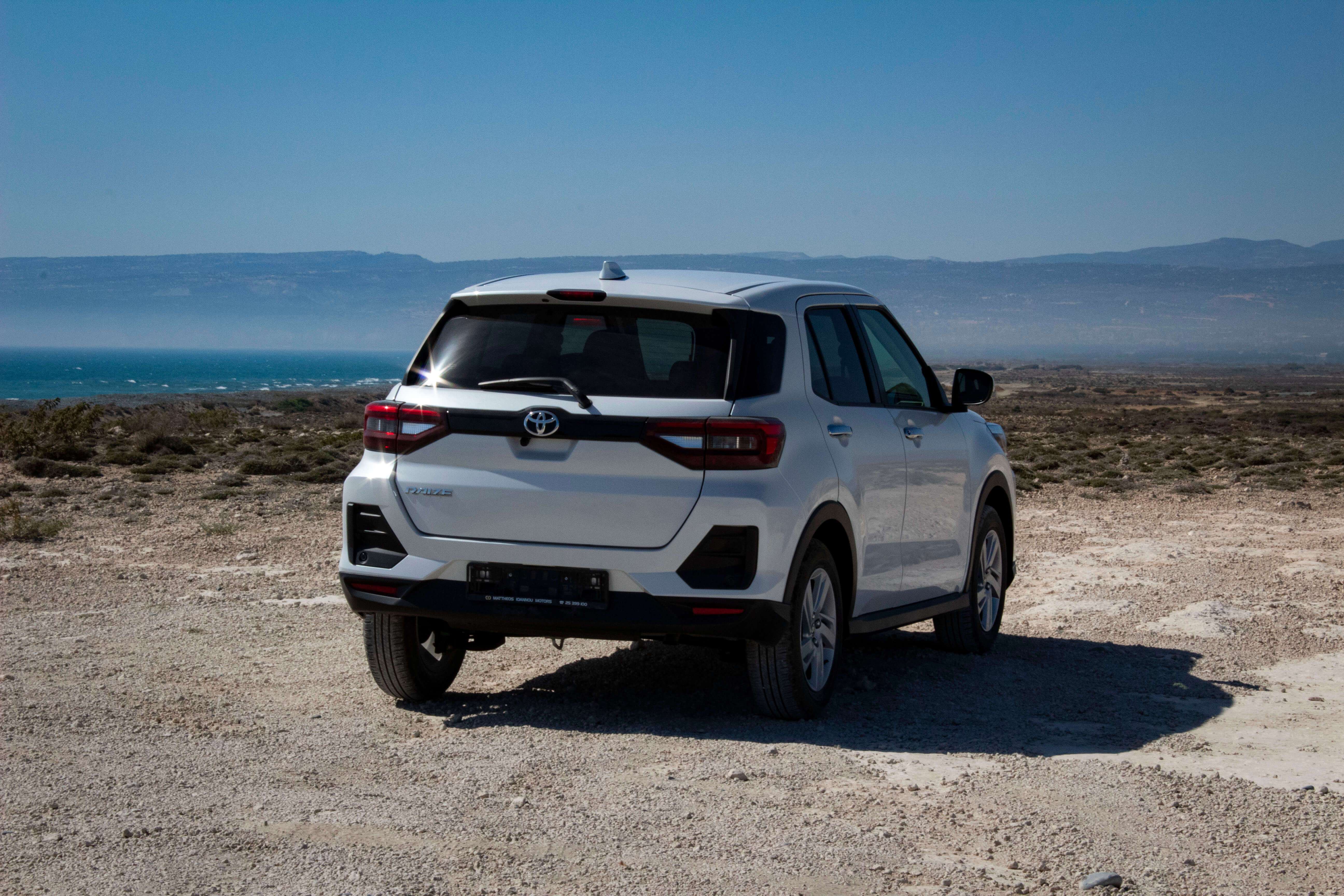
The cargo space is actually one of my favorite things about the Raize. For such a small crossover, it has good cargo space; with the rear seat up, you can fit a 29” by 39” box in there. If you fold the rear seats, the max supported length is about 52”, which is quite good. The floorboard can also be lowered down to give extra volume, and the spare is also a full-size one, not a repair kit or one of those donut tires. Toyota always goes for a full-size spare for the Philippine market… well, except for the Supra, I think.
So far, so good, but from here we can get to the things I think need work, and that’s with the interior. At first glance, it’s a neatly designed cabin. I like the way things are laid out with the digital cluster, the climate control, and the cupholders neatly tucked just below the A/C vents. Actually, the thing I like most, ergonomics-wise, is the raised (no pun intended) platform for the gear selector.
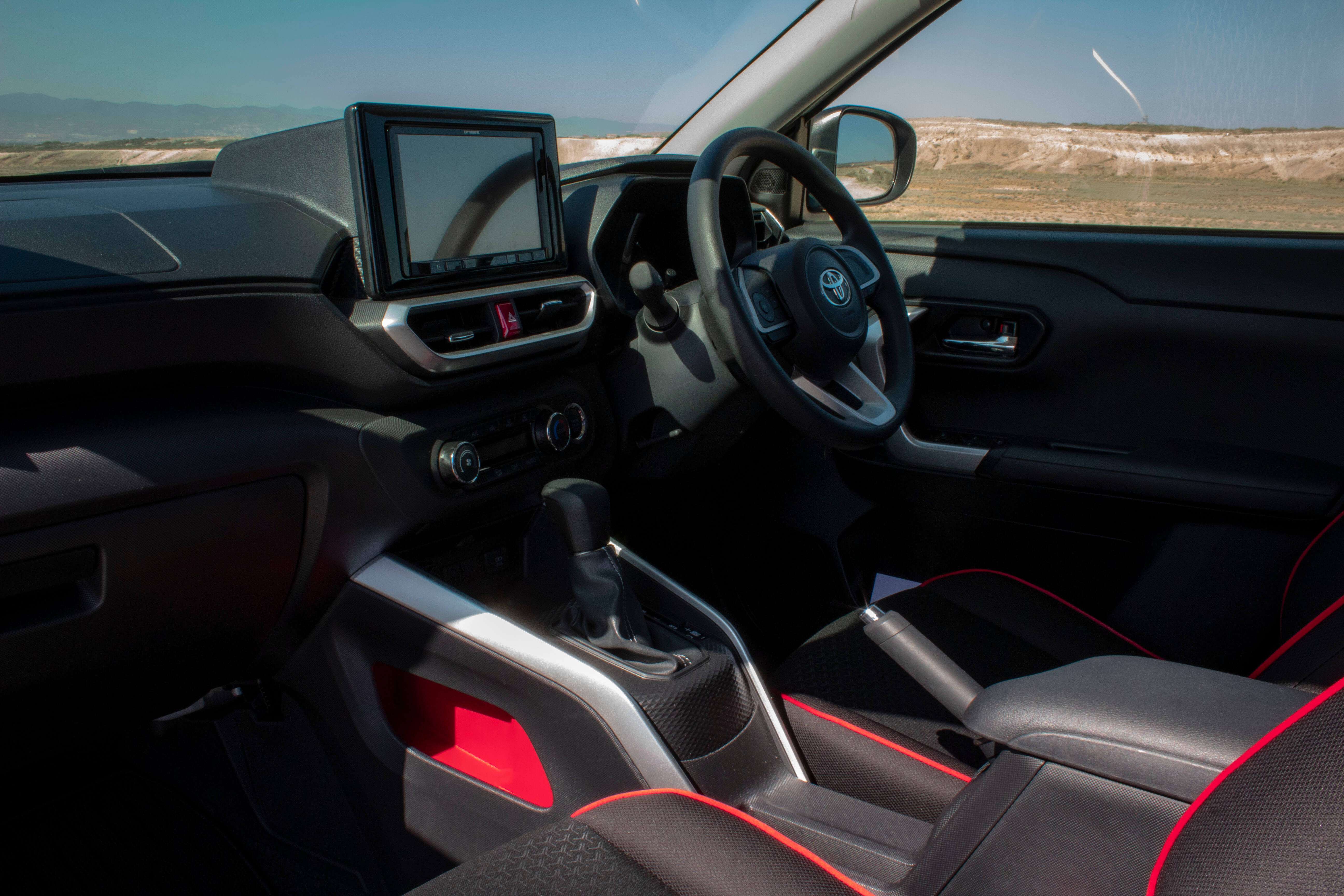
This being a top-of-the-line model, there are some really nice features like a 9-inch infotainment screen that looks more like a tablet than the mini TV box that the Raize 1.2 G had. There are paddle shifters along with upholstery that’s a combination of leatherette/faux leather and a rather nice fabric pattern. There are features like a blind spot monitor, rear cross-traffic alert, and 6 airbags instead of just 2. One noticeable omission is cruise control.
My notes on the Raize Turbo, however, are not about the features it has but the quality of the materials inside. Yes, this is a vehicle made to be affordable and economical, but you can really see it with the materials. The plastic cover for the airbag on the passenger side doesn’t look very high quality; actually, it’s the same as the one on the Veloz and Avanza which are models this shares a lot of parts with. The leatherette on the front seat bolsters also rubs up against the center armrest.
Perhaps the one that really gets to me is the plastic excesses I see all around the cabin, particularly with the center stack. It’s similar to the excesses you would see in cheaper scale model kits (not Tamiya) that you would trim off with a cutter before assembling, and you can see these all around the Raize (both 1.2 G and 1.0 T) when you look at the A/C vent louvers, the silver trim panels beside the gear selector, the door cards, and the dashboard panels around the 9” center screen. The Raize actually makes me want to go home to rummage through my old tool kit and find my X-Acto knife so I can trim it all off.
Maybe when I start the car up and drive, it all kind of fades away. But when you do press the ignition button, another characteristic comes up: the vibration. At idle, you can see and feel the dashboard vibrating. Actually, if you’re sitting at the back, you can see the front seats vibrating. It’s not as profound as old diesels or if your gasoline engine has one bad sparkplug, but it’s there.
The reason for the vibration is the engine. It’s a 1.0-liter three-cylinder engine with a CVT. And anyone who has driven a car with a three-cylinder (e.g. Coolray, Almera, Fiesta) will know that there is more vibration compared to four-cylinder counterparts. The reason is that engineers can balance a car with an even number of cylinders, while an engine with an odd number of cylinders tends to shake more. In many current models that have three-cylinder engines, the vibration appears to be better controlled. In the Raize T, it’s a bit more noticeable. In the Raize 1.2 G which also has a three-cylinder minus the turbo, it’s even more noticeable at idle. The 1.0 T is slightly better.
The engine in this variant of the Raize is actually the first three-cylinder turbo that Toyota is fielding with volume market ambitions; I say that because technically it’s not the first one they launched here. That distinction goes to the Toyota GR Yaris with the 1.6L three-cylinder turbo. Of course, that’s a specialty engine for a homologation vehicle so it doesn’t really count.
What does count is the decent numbers that the engine makes: 98 PS and 140 Nm of torque. Those numbers are better than the 88 PS and 113 Nm of torque in the 1.2L three-cylinder non-turbo in the G and E variants. Me being as critical as I am, means I want to point out that Toyota could have done better and pushed the engine to make a bit more than 100 PS per liter. They could have also worked to make it better than the 1.0L three-cylinder EcoBoost turbo that Ford launched in the Fiesta and EcoSport before; that engine made 125 PS. The Fords also had better vibration management. If only they had a better transmission.
I may have misgivings about the Raize Turbo, but around the city, the vehicle is actually quite alright. Visibility is good, maneuverability is good, and the A/C is cold… like really cold even when I set it to 24 or 25 degrees. But what I really like is that when they were engineering the vehicle, they clearly factored in that the Raize will be run on less-than-ideal roads like ours. Even though there were some vibrations from the powertrain, the suspension makes up for it on corrugated concrete roads.
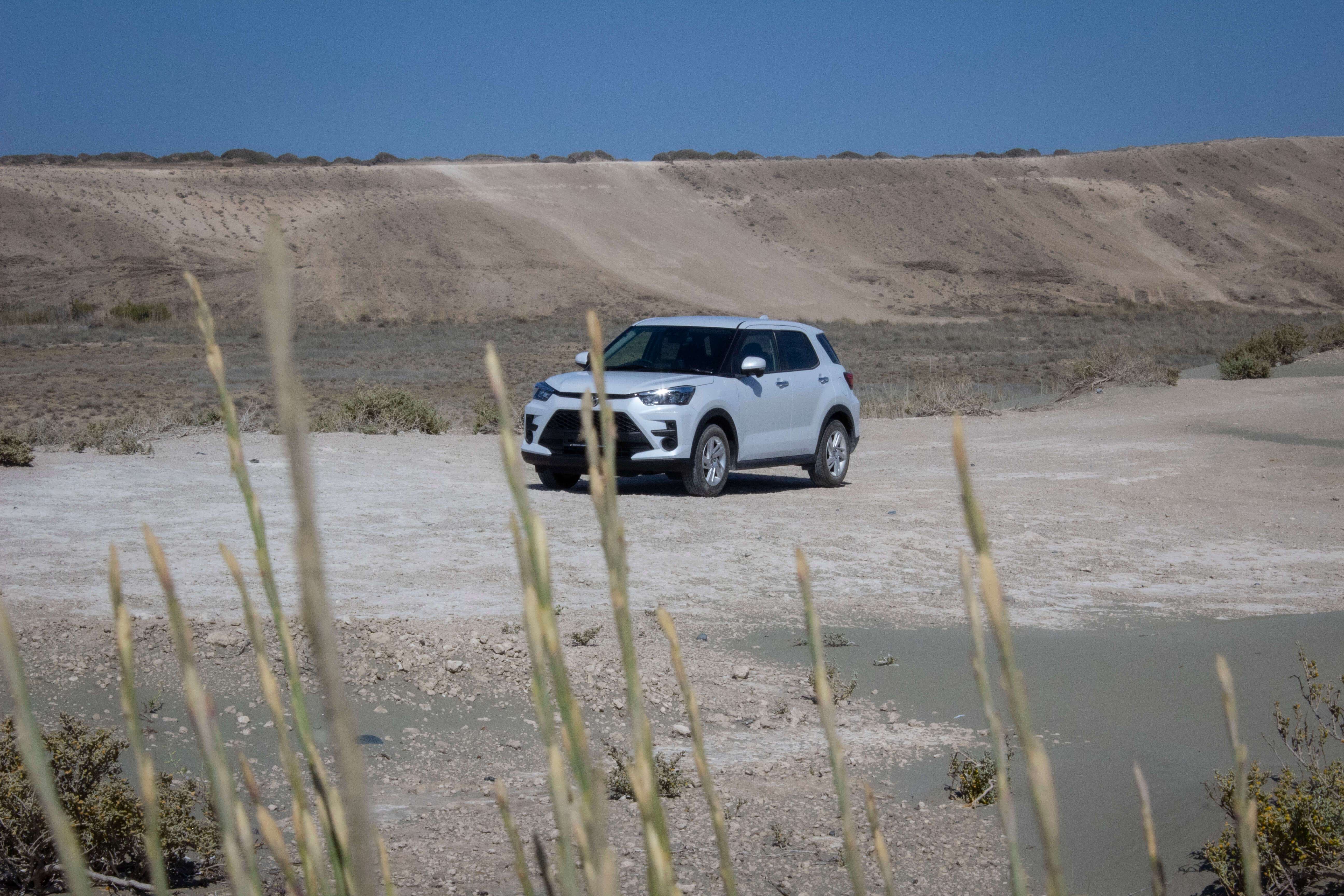
The fuel economy is outstanding too. In the city, I was averaging over 10 kilometers per liter on my usual route, and on the expressway and Skyway, I was getting just over 20. The beauty of having a turbo gasoline engine is that if you’re being patient with the throttle and cruising at low revs (which you can easily do so with a CVT) you can get exceptional numbers. The reason behind that is you’re not spooling up the turbo which usually happens around 2500-3000 rpm in most gasoline turbo. If the needle reaches those revs, the turbo is giving the engine more boost; that means more air and more fuel to match. That’s the point where you feel the surge of the engine.
But don’t expect that the Raize has outstanding performance or driving feel. Yes, it has some power and it does accelerate pretty nicely once the turbo does spool up, but the steering isn’t anything to write home about. The suspension is biased towards comfort so the way it feels around the bends is on the soft side. Honestly handling isn’t so important in this one, but it is fun when you dash from one stoplight to another.
Every vehicle from every manufacturer isn’t just bits of metal, aluminum, glass, electronics, rubber, and plastic that have been put together to create a car. Each vehicle actually represents a series of decisions and compromises that have been made by the design team, the engineering teams, and even the accountants at the company that made it, and with the Raize it’s very apparent. Actually, it’s quite interesting.
What they were really bound by were very rigid guidelines regarding price. We can see it with the quality of the interior plastics. We can see it with the selection of a three-cylinder engine; it’s cheaper to produce. We can even see it with the engine bay; they didn’t bother to make a cover panel to protect the engine underneath. Heck, they didn’t even bother to finish painting the engine bay which is why a big part of it is still in primer gray.
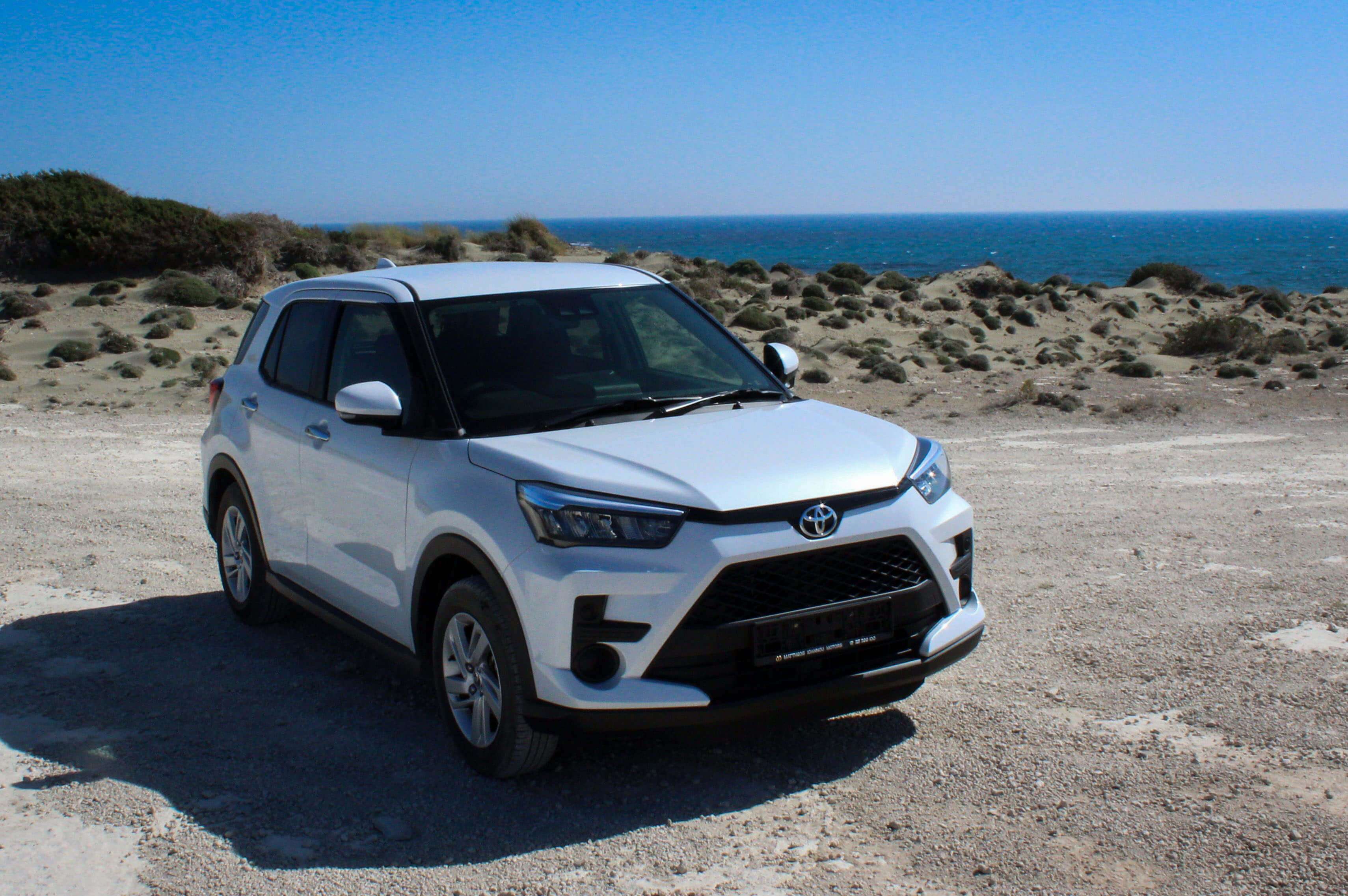
With the Raize, one needs to manage expectations. Hindi pwede sa maselan, as they say. It’s built like a budget vehicle, but at PHP 1.051 million for this 1.0 Turbo in turquoise, I wouldn’t exactly call it budget priced. There are a lot of good vehicles at this price point already like the Coolray in base trim or the much larger MG ZS.
Many are going to say that this is a Toyota, and it’s not comparable to Chinese-made vehicles. But the problem with that argument is that this isn’t exactly a Toyota: it’s a Daihatsu Rocky. Yes, Daihatsu is owned by Toyota, but they have different priorities and constraints with vehicle design, development, engineering, and manufacturing. Expectations of a Toyota are higher.

